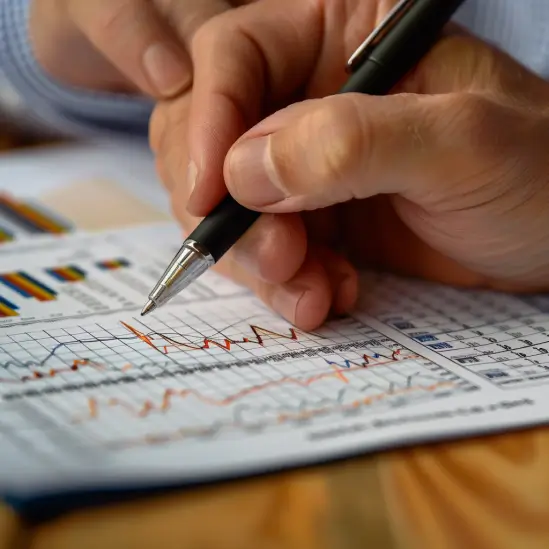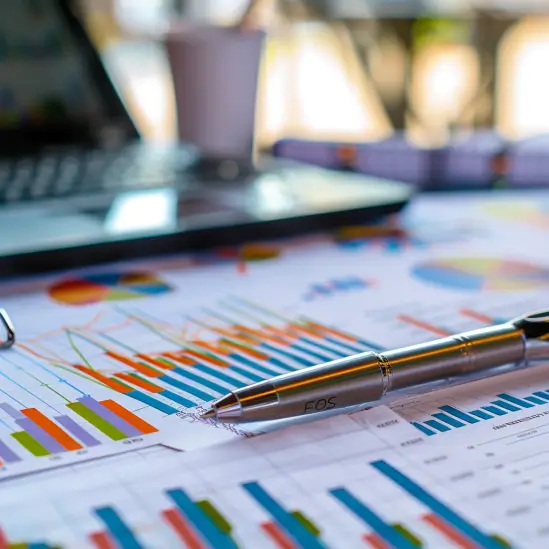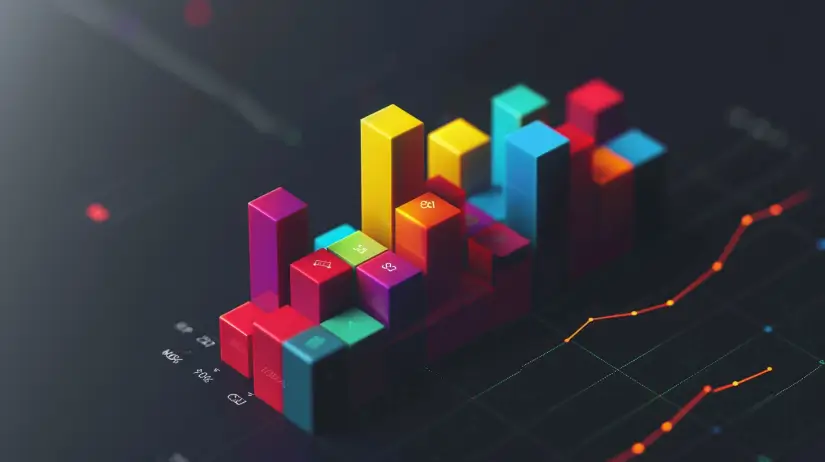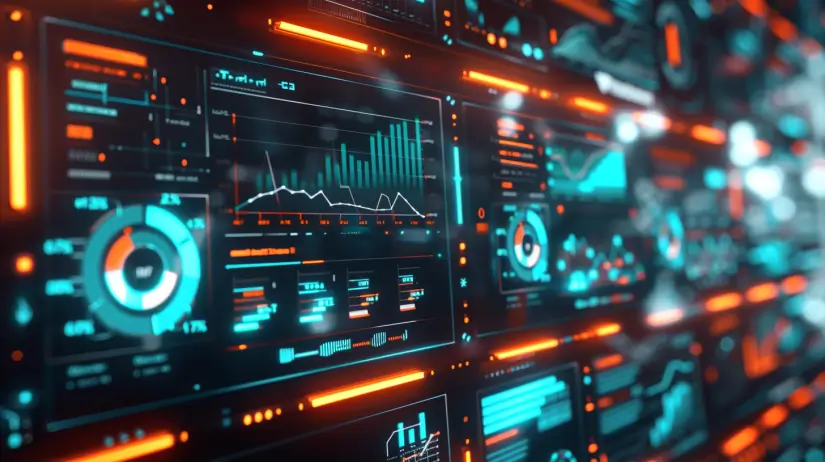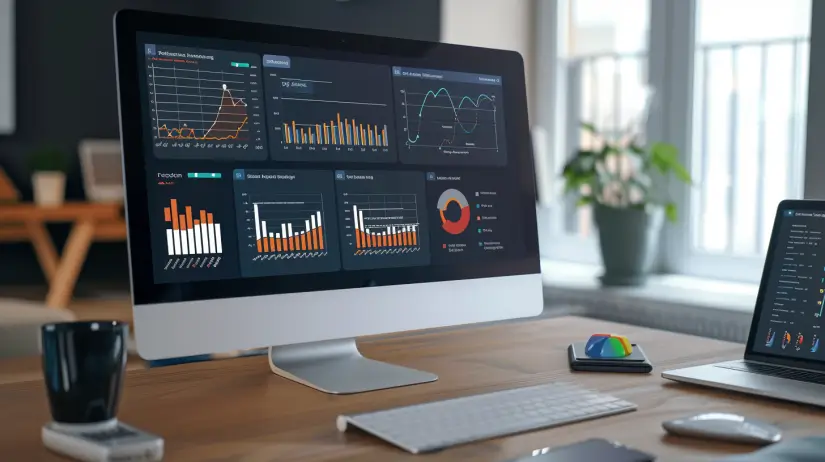How to Monitor Risk in 7 Steps: A Guide for Risk Managers
Monitoring risks effectively as a risk manager can be achieved through seven key steps. The risk management process First understand risk tolerance to set acceptable risk levels. Next, identify potential exposures and quantify them using a mix of methods. Compare risks based on impact and consequences. Then, implement tailored risk management strategies. Communicate clearly about … Read more


